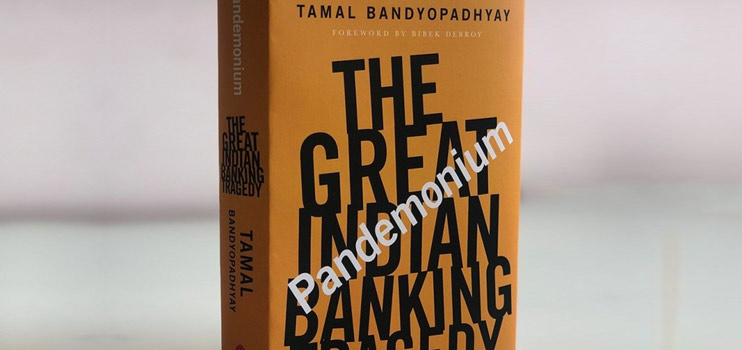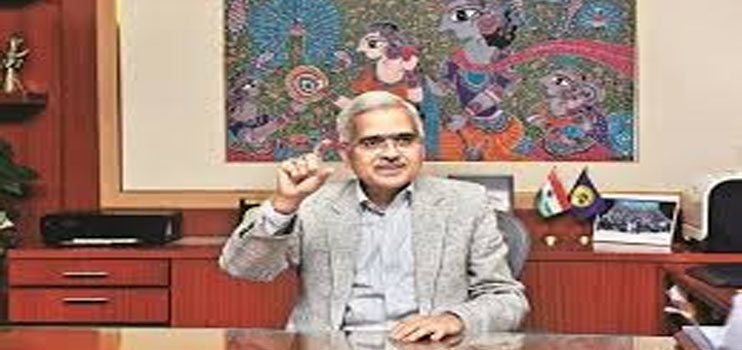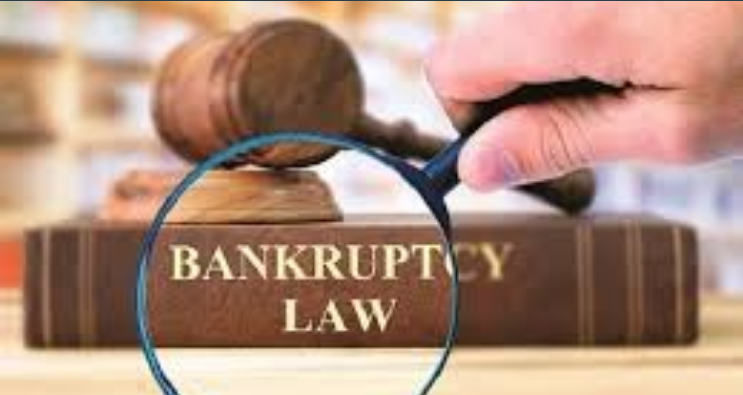Extracts from `The Pandemonium: The Great Indian Banking Crisis‘
https://www.amazon.in/dp/819464335X/
The findings of the interim report of a forensic audit code-named Project Icarus, by Grant Thornton, an audit, tax and advisory firm, engaged by the government-appointed board of the disgraced IL&FS, exposed India’s rating industry.
It graphically detailed goodies that senior CRA professionals allegedly enjoyed to maintain the rating of a company with shaky financials on a high pedestal.
Until the findings of the report were revealed in the media, CRAs used to be criticised for basking in the cool comfort of their offices, oblivious of ground realities, of failing miserably in due diligence and acting only when the writing on the wall was already visible to the entire world.
The report added a dirty dimension to that, alleging widespread corrupt practices across the raters. It detailed the favours extended by IL&FS to executives of some of the rating agencies. This goes well beyond white shirts and Fitbit watches.
Going by the report, between September 2012 and August 2016, Ramesh Bawa, the MD and CEO of IL&FS Financial Services Ltd, had facilitated the purchase of a villa in Gurgaon Espace Premiere Nirvana Country by Jyotsna Srivastava, wife of Ambreesh Srivastava, head of financial institutions, South and Southeast Asia, Fitch Ratings. This came with a discount of `43 lakhs. India Ratings is a 100 per cent subsidiary of Fitch Group. Bawa had even requested Ajay Chandra of Unitech Ltd, the builder, to resolve an issue Jyotsna was facing – namely, interest charged on delayed payments.
IL&FS also arranged tickets to the corporate box in Santiago Bernabeu Stadium in Spain’s capital Madrid for D. Ravishankar, founder and director of Brickwork, so that he could watch Real Madrid play on home ground.
Ravishankar watched the match with his son, who was doing his PhD at the University of Barcelona, and profusely thanked Arun K. Saha, joint MD and CEO of IL&FS. Saha happened to be the point person for making such arrangements, including the distribution of generous gifts during Diwali.
The draft audit report also alleged the strategies deployed in the case of a `300 crore NCD raised by Gujarat Road and Infrastructure Company Ltd, a joint venture between the Gujarat government and IL&FS. When CARE informed the company of its rating committee’s decision to award an AA+ rating, it did not go down well with the officials as there was another rater willing to award the AAA rating.
It is not clear if this story is true, and if so, which agency was willing to give it a higher rating, but CARE ultimately gave it an AAA rating after Saha spoke to Mokashi.
Referring to another case, the Grant Thornton report says ‘It appears that ICRA had earlier planned to assign “A- with outlook stable” ratings to IL&FS Rail Ltd (a group company), which was changed to “A with outlook stable” after meetings between the representatives of ICRA and IL&FS group.’
Cultural Roots
Let us take a look at the cultural roots of the CRAs. The big three – CRISIL Ltd (established 1987), ICRA (1991) and CARE (1993) were all promoted by now-defunct DFIs – ICICI Ltd, IFCI Ltd and IDBI, respectively.
When the legendary H.T. Parekh was chairman of ICICI in the 1970s (1972–78), his secretariat followed an informal process of handing out gifts. Every Diwali and New Year, gifts that landed in the company’s office were numbered and kept in the conference room till they were distributed through a lottery draw among the peons, gardeners, canteen boys, sweepers and other service personnel.
Some gifts were also sent to an orphanage at Girgaum, Mumbai. And, of course, the chairman’s secretariat would send a ‘thank you’ note to all senders, requesting them not to continue with the ritual in future. I am not aware of the processes followed by IFCI and IDBI during this period.
In the beginning, the bosses of all the rating agencies represented the sponsors and eminent professionals were on their boards. The rating committees were constituted mainly with members of the boards and ethics was an obsession.
The late R. Ravimohan, former MD & CEO of CRISIL, once remarked: ‘Credibility is the most valuable asset on our balance sheet; unfortunately accounting standards do not permit recording and valuing the same.’
Other rating agencies such as Acuité Ratings & Research Ltd (formerly SME Rating Agency of India Ltd, promoted by SIDBI and Dun & Bradstreet in 2005), Brickwork Rating (2008), and India Ratings (in early 2000 Fitch bought a stake from Duff & Phelps Corporation and raised it gradually) by and large adopted the culture of the big three.
The general perception is that international tie-ups and technical assistance – Standard & Poor’s (S&P) for CRISIL, Moody’s Investor Service for ICRA, Department for International Development, UK, for Acuité Ratings and Fitch Group for India Ratings – have given an added impetus to governance and transparency. This may not be entirely correct as the foreign partners do not actually have much operational influence on the rating committees and they do not set criteria.
In fact, the international agencies have actually benefited more from the outsourcing of research, expanding their footprint and nipping potential competition in the bud. The foreign partners are more into marketing and brand-building and do not seem to have made much contribution to changes in the rating culture.
The CRA boards have adopted governance policies defining conflict of interest, disclosure norms and rules for accepting gifts, favours and gratifications with predetermined monetary value. All these are documented, and established as a part of the employee engagement rules and ethics policy; compliance officers (usually company secretaries) are tasked with implementation.
Chocolates and Dry Fruits
Apart from chocolates and dry fruits, office utility articles such as calendars, pens and pen stands, potted plants and coffee table books feature in the permissible list. But employees are expected to return gold-plated idols of deities in the Hindu pantheon, Montblanc pens, smartphones and iPads.
Incidentally, the salary and emoluments (including stock options) of rating agency employees are on a par with, if not better than, compensations in the banking and finance industry.
Although the Grant Thornton report dealt with only IL&FS, people familiar with the industry say that internal norms are relaxed at least for a few CRAs. It was not uncommon for people from the rating fraternity to be seen on cruises to Greece, Spain and Alaska.
The not-so-senior managers enjoy free stays at cottages in beach resorts (Goa), tea plantations (Coorg), wildlife sanctuaries (Jim Corbett National Park) and hill stations (Shimla), courtesy the rated entities.
This is not exactly a recent trend. More than a decade back, a leading NBFC and a large industrial group used to hold their ‘offsites’ in Macau and Las Vegas. There the raters, along with bankers, addressed the senior management team on economic trends and opportunities in their sector, while enjoying all-expenses-paid holidays. Of course, some did not participate and some paid their own airfare.
At the beginning of the century, a few CRAs decided to try a new tactic to expand their market share. They introduced an unsolicited exercise in the garb of ‘visibility ratings’, or ‘shadow ratings’.
They rated companies based on information available in the public domain. Such ratings were first informally shared with the companies and the rating exercise would start with an official mandate only after these were accepted. These products fizzled out after SEBI came down heavily even though this has been an accepted global practice.
Whatever the ethics of this shadow rating as a marketing ploy, the problem goes much deeper. The rating agencies can only blame themselves for cutting corners in their greed for growth and market share. The rating business enjoys fat margins of 50–70 per cent, and yet CRAs raise the targets for senior management every year.
Setting up a rating agency required a net worth of just `5 crore until June 2018 when this was raised to `25 crore. Before the market for bank loan ratings exploded, around 2008, the raters’ universe had been the same 800–900 companies for decades. The bank loan rating was a booster dose but the profile of many of the companies raising large loans between 2010 and 2015 would make one believe that the rating agencies were riding a tiger.
Does India have too many CRAs? Is competition responsible for the mess? Not really. The SEBI has given just three new licences for rating agencies since 1994, while the potential market has grown to at least 30,000 companies!
Learning from the West
In the aftermath of the 2008 financial crisis, when everyone including US lawmakers was dissecting the role of S&P and Moody’s, a very disturbing instant message exchange between two managers of S&P went viral.
This conversation took place on 4 May 2007 about a mortgage-backed security deal.
S&P Employee 1: BTW [by the way] that deal is ridiculous.
S&P Employee 2: I know right… model def [definitely] does not capture half the risk.
S&P Employee 1: We should not be rating it.
S&P Employee 2: We rate every deal. It could be structured by cows and we would rate it.
Former MD Jerome Fons, who worked at Moody’s until August of 2007, has said Moody’s was focused on ‘maximising revenues’, leading it to make the firm more ‘issuer friendly’.
As it would turn out, such conversations were quite commonplace among employees of Indian rating agencies until IL&FS went bust – and that was over a decade after the 2008 financial crisis.



